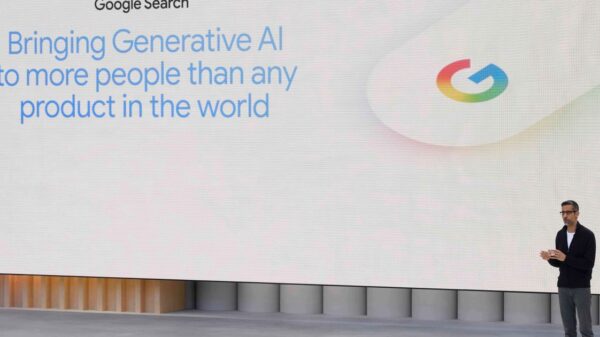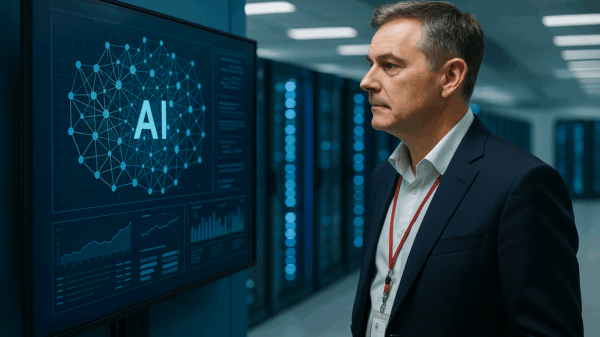Despite the immense promise of artificial intelligence (AI), many organizations find their investments in AI technology falling short of expectations. A 2025 analysis by the Massachusetts Institute of Technology (MIT) highlighted this concern, revealing that only 5% of AI projects succeed. This stark statistic raises fundamental questions about how businesses are leveraging AI and the underlying challenges they face.
The core issue seems to stem from a failure to align AI initiatives with human-centric processes. Instead of enhancing human capabilities and decision-making, many implementations appear to exacerbate complexity, leading to increased workloads rather than streamlined operations.
Understanding the Innovation Paradox in AI
AI technologies, alongside Business Intelligence (BI), are designed to boost productivity and improve output quality. However, companies often encounter a paradox when they deploy new AI tools—initial improvements in efficiency can quickly give way to unforeseen challenges. For instance, organizations may experience a short-term reduction in customer service response times with the introduction of a chatbot. Yet, as the novelty wears off, companies can find themselves overwhelmed by the additional tasks, data management needs, and oversight required to maintain these systems.
AI solutions like dashboards and cloud licenses may promise agility, but they can inadvertently complicate processes. The introduction of such tools can lead to a situation where employees are faced with managing more complex data flows rather than having their workloads alleviated. This phenomenon can result in diminishing returns on AI investments, as businesses may not fully leverage the technology to streamline their operations or enhance customer interactions.
See also Butterfly Network Licenses Ultrasound-On-Chip Tech to Midjourney for $15M Deal
Butterfly Network Licenses Ultrasound-On-Chip Tech to Midjourney for $15M DealThe disconnect between AI’s potential and its application in real-world scenarios often stems from a lack of clear strategy and understanding. Organizations may rush to adopt AI technologies without a solid plan, leading to misaligned expectations and resource allocation. The challenge lies in recognizing that AI should not be viewed simply as a tool for reducing human effort, but rather as a means to augment human capabilities and improve overall business processes.
Strategies for Successful AI Adoption
To combat this innovation paradox and ensure more successful AI projects, businesses must prioritize a human-centered approach in their AI strategy. This includes investing time in understanding the specific needs of their workforce and customers. Tailoring AI implementations to address these needs can significantly enhance user experience and operational efficiency.
Moreover, organizations should focus on continuous training and support for their teams to adapt to AI technologies. Providing employees with the necessary skills to work alongside AI tools fosters a collaborative environment where technology enhances human decision-making rather than replaces it. This shift in perspective is crucial for unlocking the true potential of AI and maximizing its benefits.
In conclusion, while the promise of AI remains significant, realizing its potential requires a strategic, human-centric approach. By addressing the factors that contribute to the low success rate of AI projects, businesses can better position themselves to harness the advantages that AI technologies offer, ultimately fostering innovation and enhancing productivity.






































































